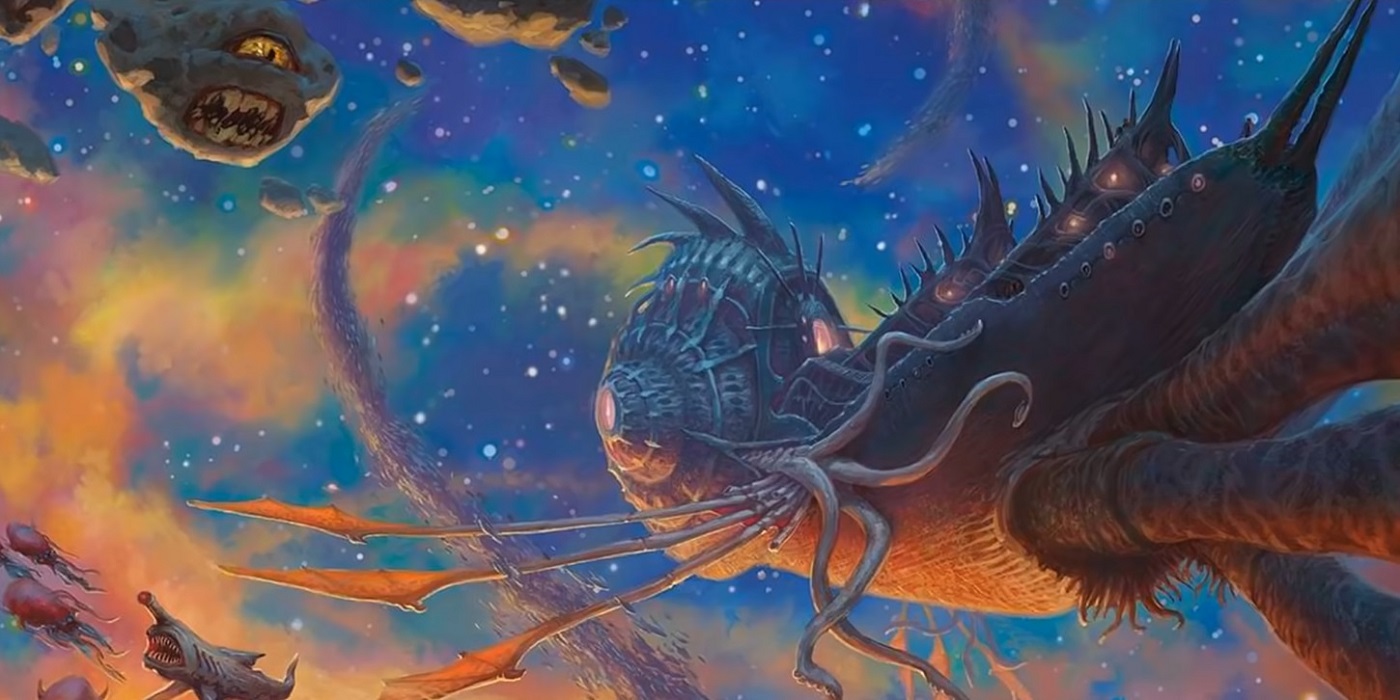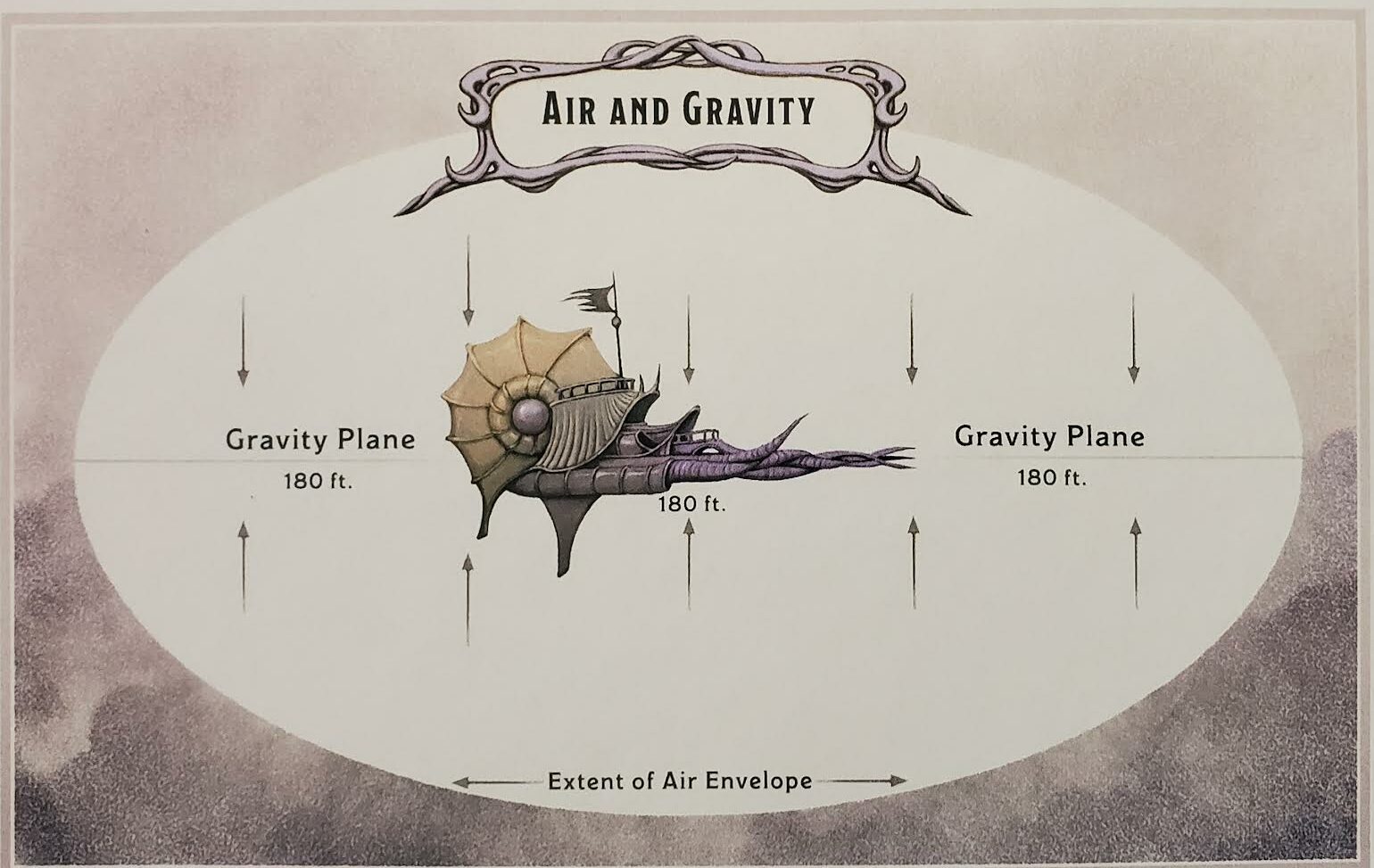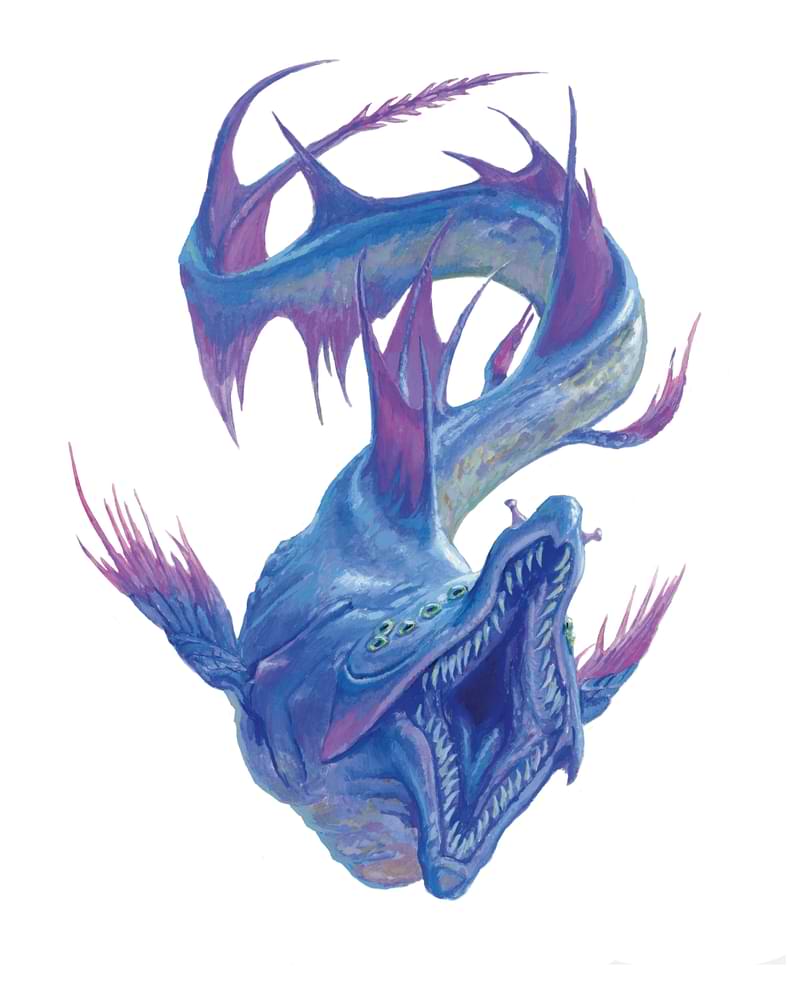D&D: An Adventurer’s Guide to the New Wildspace

With Spelljammer Adventures in Space the rules changed. Wildspace changed along with it. What makes this airless, gravity-less void tick?
In Wildspace, no one can hear you scream. Unless they happen to be inside of an air envelope. It might be rapidly collapsing, sure. But there’s plenty of reasons, and opportunities, to give a good hardy scream in the depths of Wildspace before you die horribly.
Thinking of venturing out on a Spelljammer? As soon as you leave the comfort of your planet on a ship bound for the stars, there are a few things you’ll need to know — if you want to survive, that is.
Wildspace – Limited Air, Plenty of Danger
The first thing you’ll have to learn about Wildspace, is that you’ll have to make sure you can breathe. Because, in the new cosmology, Wildspace is significantly different than it had been. Wildspace is less a single region or plane of existence. Instead, Wildspace is where the Astral Plane overlaps with the Material Plane. Creatures and objects in Wildspace age normally and exist on both planes simultaneously.
Every world of the Material Plane is situated in its own pocket of Wildspace, called fittingly enough, a Wildspace system. You can think of a Wildspace system as the region of local space around a given world before it butts up against the Astral Plane. Realmspace, for instance, contains Toril and its moon. Greyspace contains Oerth and its satellites. And so on, for every world you can think of, even the ones that haven’t been discovered yet.
Every system is an airless ocean, teeming with space-dwelling life forms. Now, much of this, as we’ve mentioned before in our guide to the Astral Plane, resembles sea life.
Spores, space plankton, larger creatures resembling fish, and aquatic mammals. But how does anyone exist? Some don’t need air. Others generate their own air envelopes, or else, live entirely within the air envelopes of space-faring creatures.
Although, fair warning, these are almost exclusively gargantuan objects. Because unlike in normal space, in Wildspace, size matters.
Bigger Is Better
Why does size matter? Because of air envelopes.
When a creature or object leaves a planet’s atmosphere and enters the airless void of Wildspace, an envelope of breathable air forms around it and lasts until depleted. The bigger the creature or object, the bigger the envelope. So a Gargantuan creature might be surrounded by a cube of air extending out twenty or more feet in all directions from it.
But for whatever reason, the air envelope of objects extends much further. An object’s air envelope extends out from its surface at a distance equal to the longest dimension of its form. So a spherical planet, 5,000 miles in diameter, has an air envelope 15,000 miles in diameter, with the planet at the center.
The envelope isn’t a sphere, per se. Blocky objects have blocky envelopes. The naturalistic designs of some Spelljammers give them an ovoid envelope. And unless you’re a planet or a moon or other habitable body, that air will eventually deplete once you hit Wildspace.
Air gradually decreases, going from Fresh to Foul to Deadly, and can change based on whatever you’re near. It all comes down to gravity.
Gravity in Wildspace
In Wildspace, gravity is an accommodating force. It moves in the direction of whatever is most convenient. Planets and moons pull people toward their center. But smaller objects, like Spelljammers, seem to have a horizontal plane that cuts through the object and extends out as far as the air envelope extends. This means you can stand upright on the bottom of a ship’s hull and move around just as though you were walking on the top deck.
But when gravities collide, size doesn’t matter. Hit points do. When two gravity planes overlap, the ship with the highest hit point total wins out, and gravity is oriented towards their plane. It’s all very interesting, really.
Ludicrous Speeds
The last thing you need to know is that Wildspace systems move. They bob about like corks in water. And often, they are millions of miles apart. However, Spelljammers are unique. Once they leave a planet’s atmosphere, they travel fast. Ludicrously fast. A Spelljammer at cruising speed can travel 100 million miles in a single day. At such speeds, it can reach distant worlds before you know it.
So get out there and adventure!










